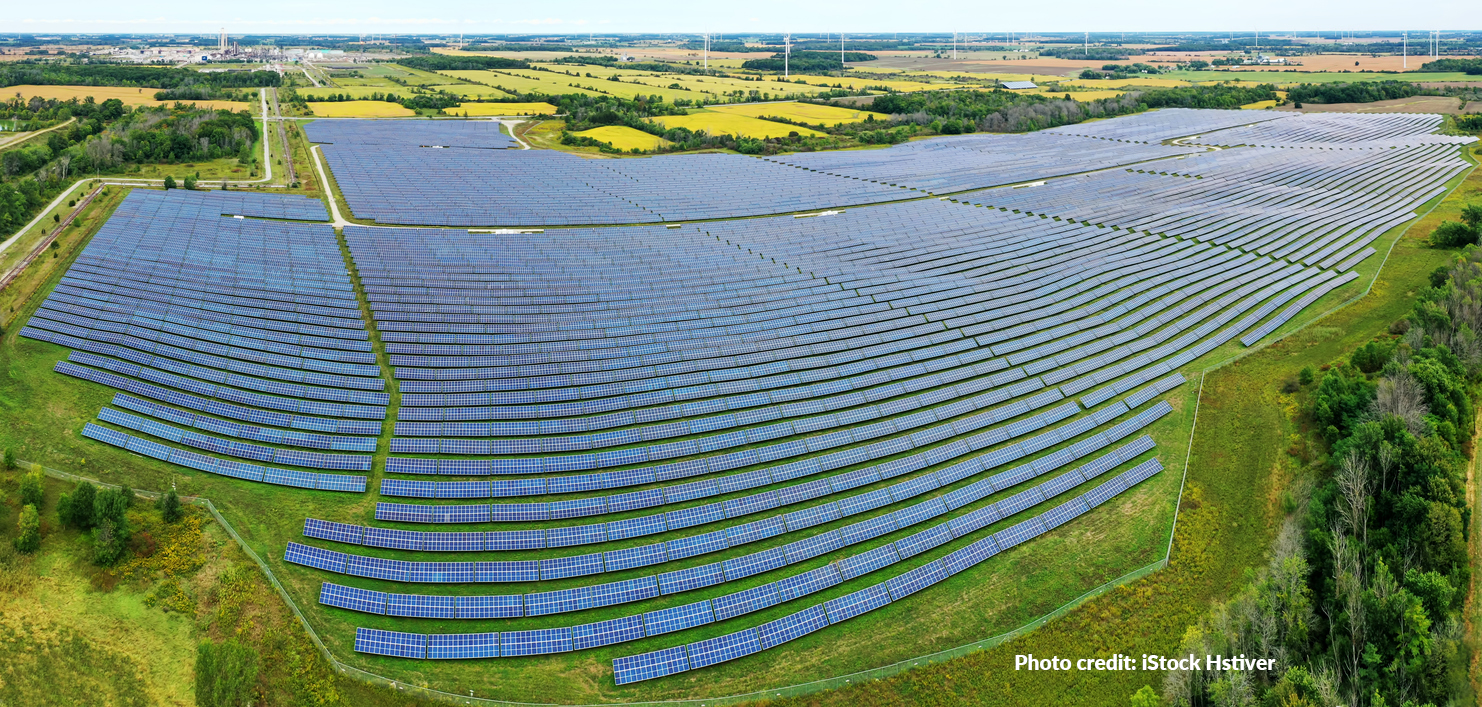Pulling together brings power purchase agreements within reach

By Margret Nellissery, BRC-Canada Senior Analyst
If you’re a small organization, it’s often best to take a “dragon boat” approach to power purchase agreements (PPAs).
Pulling together with a group of likeminded organizations can ease the path through unfamiliar waters and provide access to a PPA that might have otherwise been out of reach.
As climate commitments approach, more organizations are turning to renewable energy to meet their targets and PPAs are emerging as an important tool in facilitating the transition. But these deals aren’t just for the big players anymore. Organizations of all sizes, including those with smaller electricity loads or limited procurement know-how, are exploring PPAs as a powerful tool to decarbonize their operations.
But the journey to securing a PPA can often be faced with a variety of internal and external challenges, making it difficult for some organizations to procure a deal. That’s where a growing trend is changing the game: PPA aggregation. PPA aggregation is when multiple renewable energy buyers come together and aggregate their electricity demand under a single PPA deal.
Should your organization consider PPA Aggregation?
Is your organization new to PPAs? Aggregation is an excellent way for newer buyers to gain guidance by collaborating with experienced partners or other peers. The model helps pool necessary knowledge and share resources during the contracting process, making the process more efficient, streamlined and easier to execute.
Is your organization’s electricity load too small to support large-scale renewable energy projects? PPA aggregation allows each buyer in the group to contract a portion of the project’s output. So, smaller buyers or those with smaller electricity loads can pool in their demand and support large-scale projects they couldn’t access alone, benefiting from better pricing and economies of scale.
Does your organization find the transaction costs of PPAs too high? High transaction costs are a major deterrent for many organizations considering PPAs. But in an aggregated PPA, these costs are shared among the group, significantly reducing each partner's financial burden. Partners often share legal, accounting and communications expertise, to name a few examples. This collective approach of aggregation makes PPAs more accessible, cost-effective, and manageable for organizations of all sizes.
PPA aggregation is not a new concept — it’s been happening across various jurisdictions, from big and small corporations to public institutions and municipalities. Below are examples of a few countries and regions that have carried out aggregation.
Europe has been seeing a steady rise in PPA aggregation and could also be seen as a key driver in accelerating Europe’s clean energy transition. In 2024 alone, six aggregation deals totaling 315 megawatts (MW) were signed across Spain, Denmark, France, and Ireland which is an increase from 194 MW in 2023. In Denmark, a B2B organization enabled small businesses to collectively invest in solar, boosting local support and project bankability. In the United Kingdom, 20 universities formed a pioneering PPA consortium to cut emissions and stabilize energy costs. These aggregated models helped unlock access to renewable energy for smaller buyers who otherwise would not have been able to meet a PPA size on their own.
Australia has also seen successful PPA aggregation models across public institutions, corporations and local governments. The City of Melbourne facilitated a 10-year PPA aggregation that enabled major businesses and universities to collaboratively source 110 gigawatt hours (GWh) of wind energy, reducing emissions and providing price certainty for all the organizations involved. On the corporate side, brewer Lion partnered with hotels in New South Wales enabling the construction of a 120 MW solar farm while also lowering their energy costs by up to 40 per cent.
Similarly, in the U.S., several municipalities, and corporations were able to effectively access renewable energy to tackle their sustainability goals through aggregation. For example, in 2019, Arlington County partnered with Amazon to co-procure solar power through a PPA, achieving cost predictability and advancing local climate goals.
These examples show that aggregation enables better pricing, streamlines execution, and increases participation in renewables, especially for buyers with limited capacity.
Joining an aggregated PPA can be an impactful way to support renewable energy development and to reduce your emissions. But it’s still a PPA deal and requires all the steps that a traditional PPA entails, only it’s done alongside other buyers. While the model eases the journey to a PPA deal, there are important processes an organization would need to consider before joining an aggregation group. It involves aligning your internal team, managing risks, engaging external partners and building the right partnership to select the project that works for every buyer in the group.
To help small and new buyers navigate the process, BRC-Canada has put together a primer with key tips and a step-by-step guide based on lessons learned from successful aggregation deals.
Keep an eye on our website: our full primer is coming soon.
